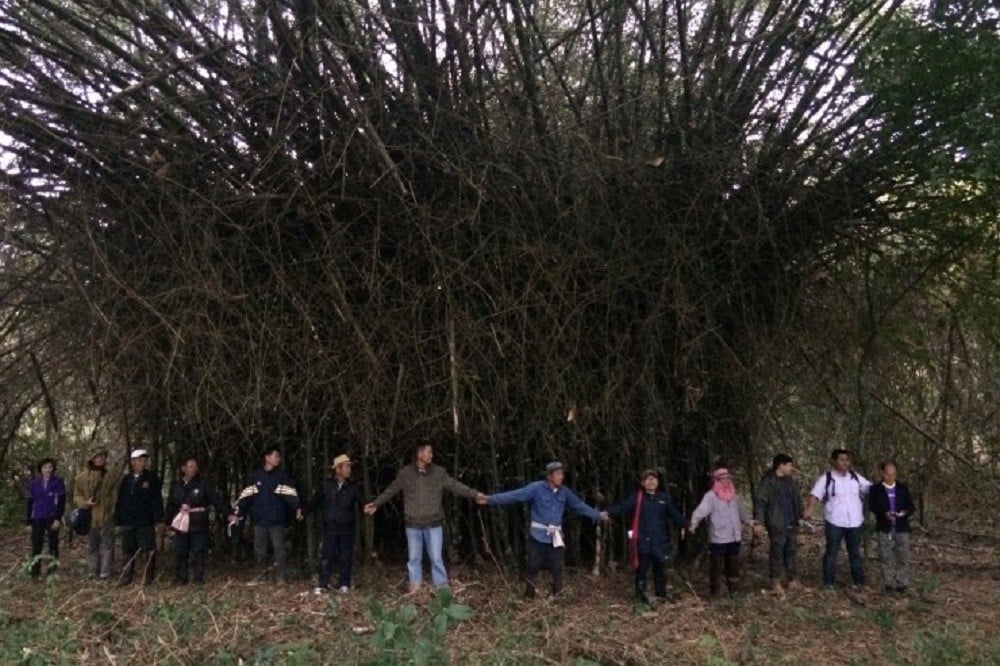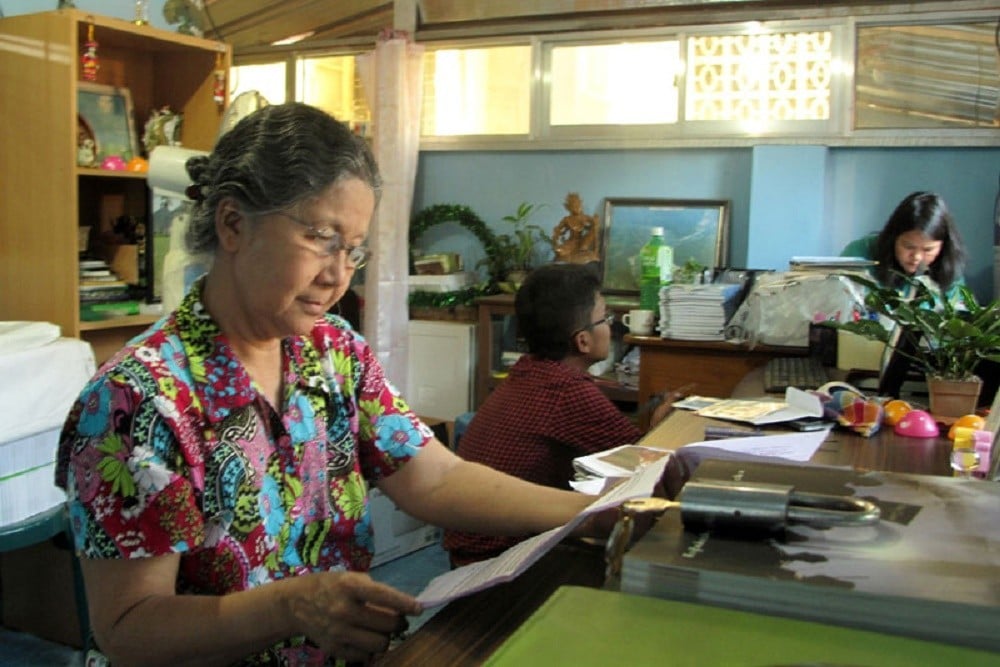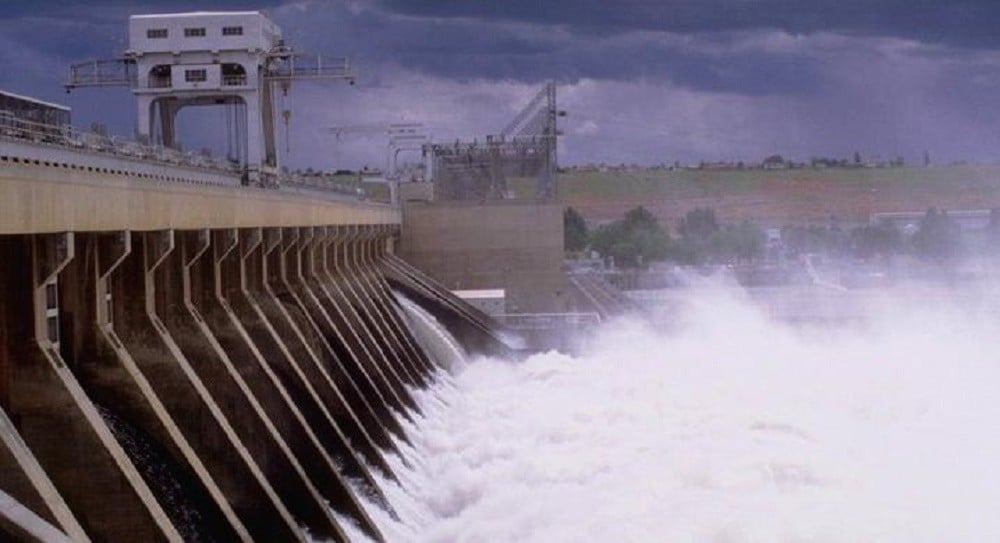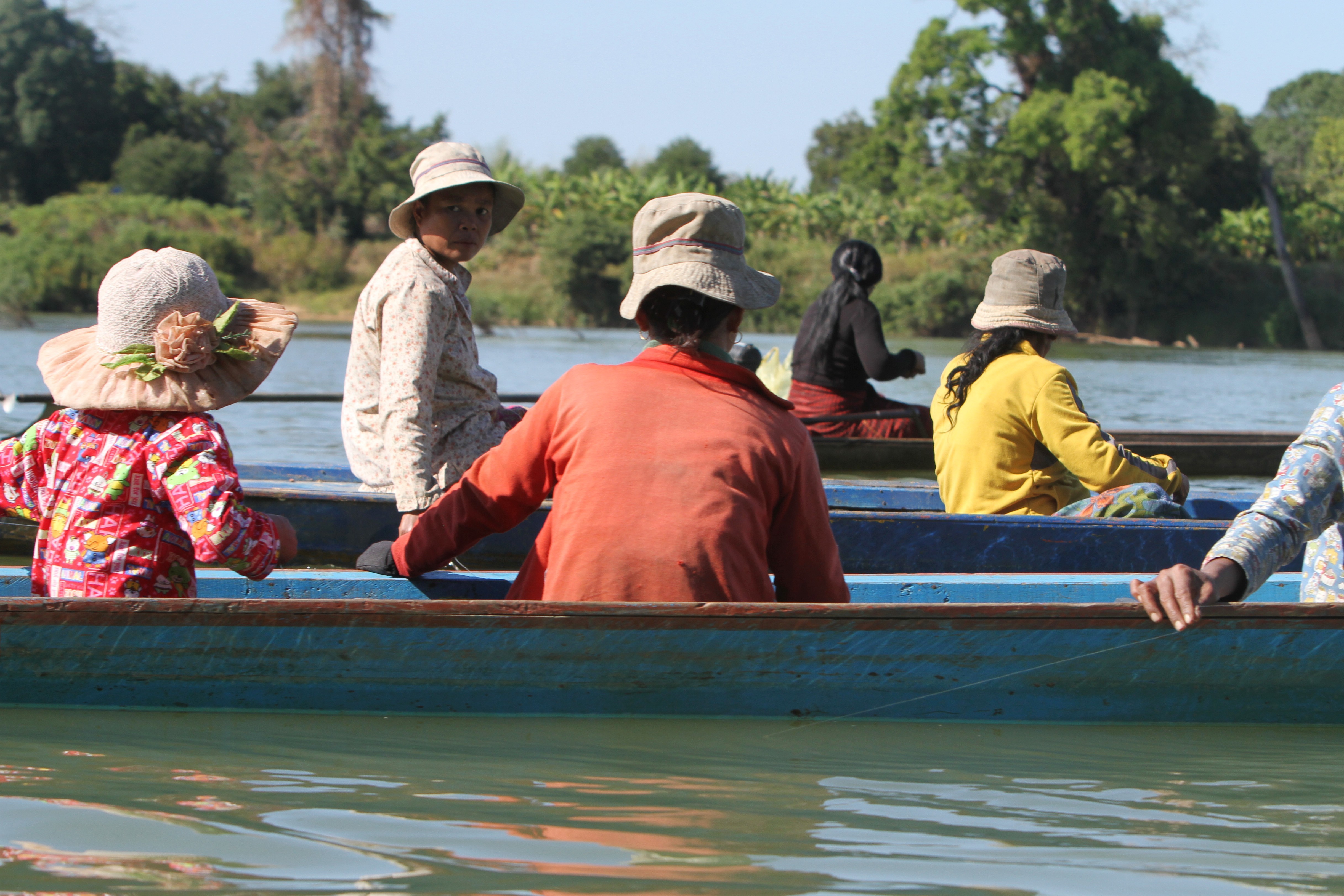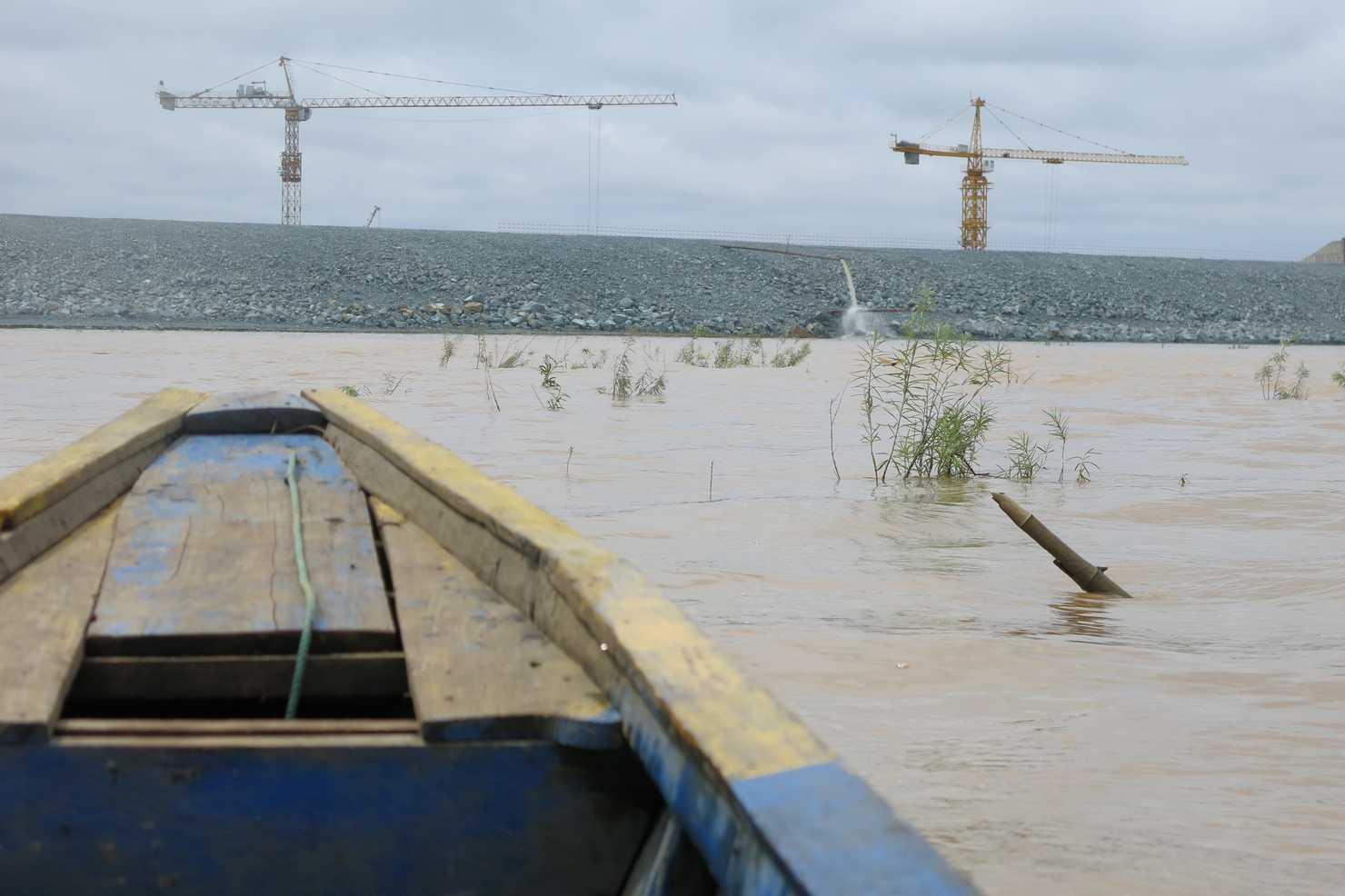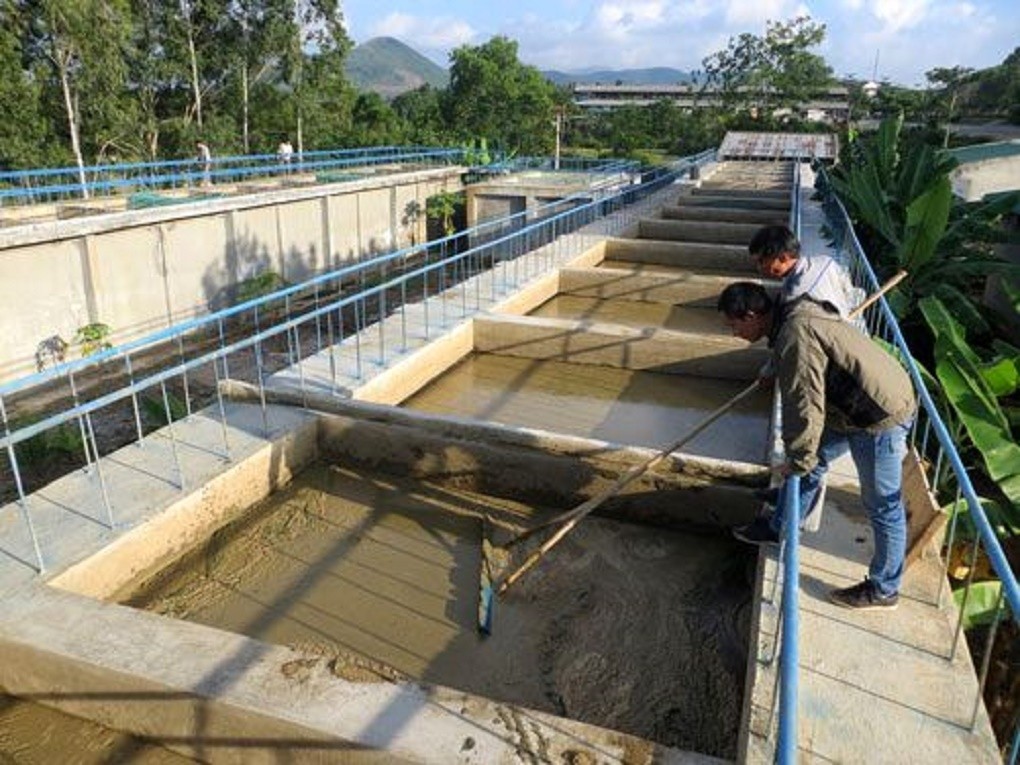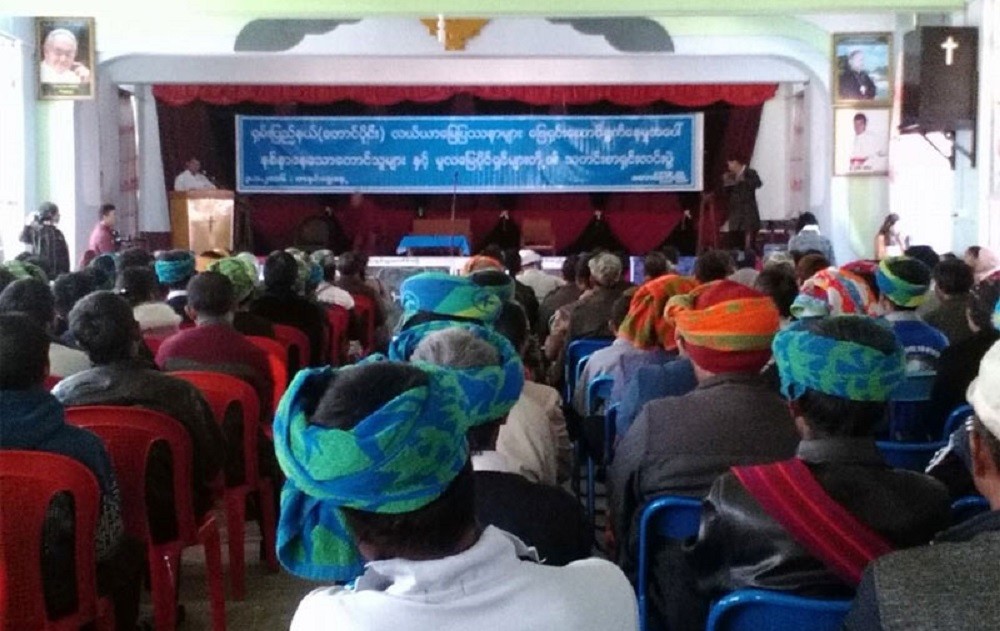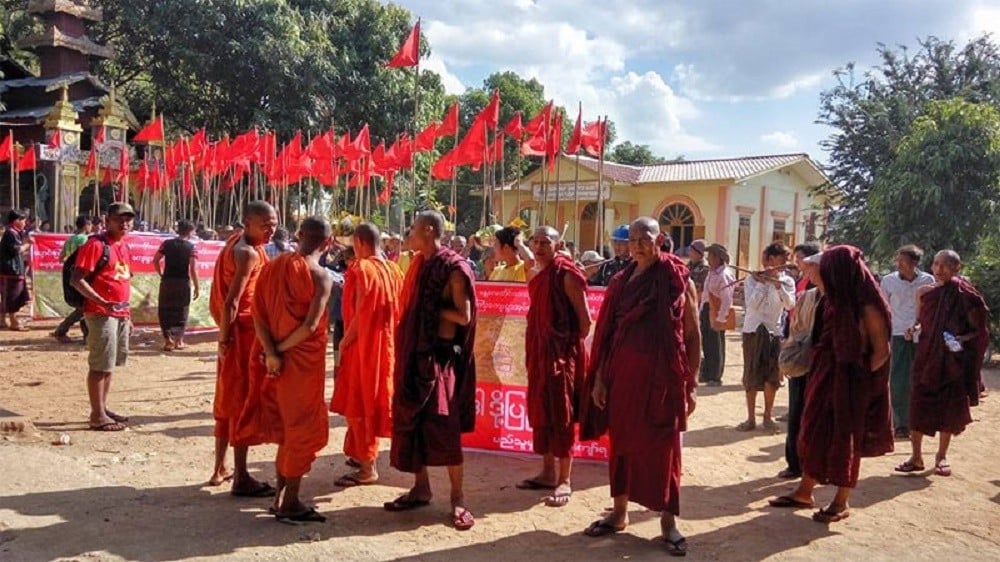Official Chinese representatives from the Shwe Htun Pauk company have said that they will stop their operations if they face continued opposition from residents.
The company, officially licensed to mine gold and other minerals at the Tanintharyi River near Maw Hta village, held a meeting about water pollution with around 40 residents, Dawei-Myeik representatives of the Karen National Union and regional civil groups.


